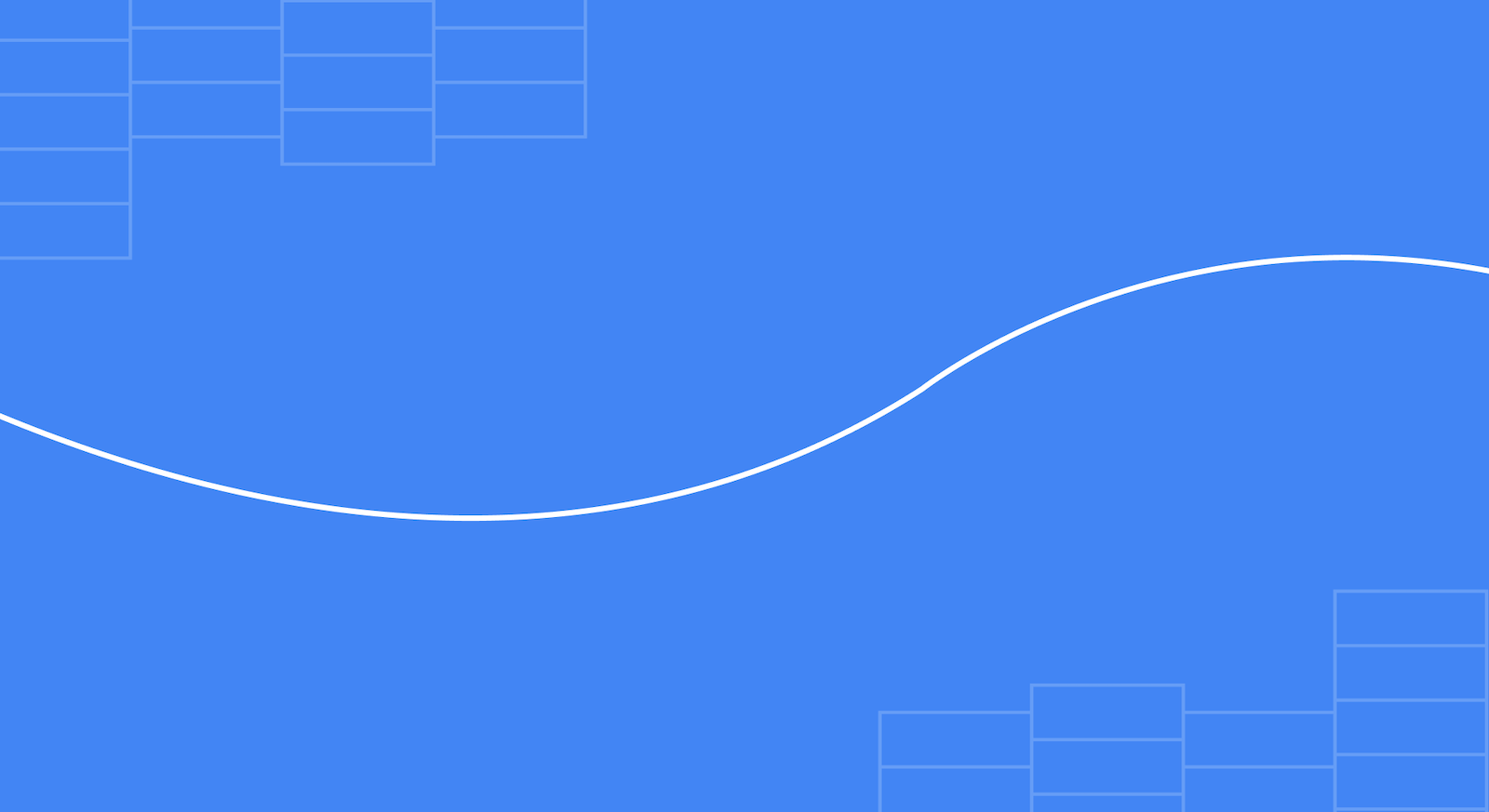New user and sequence based segments in the Core Reporting API
 By Nick
Mihailovksi, Product Manager, Google Analytics API Team
Cross-posted from the Google
Analytics Blog
By Nick
Mihailovksi, Product Manager, Google Analytics API Team
Cross-posted from the Google
Analytics Blog
Segmentation is one of the most powerful analysis techniques in Google Analytics. It's core to
understanding your users, and allows you to make better marketing decisions. Using
segmentation, you can uncover new insights such as:
- How loyalty impacts content consumption
- How search terms vary by region
- How conversion rates differ across demographics
Today, we've added this powerful functionality to the Google Analytics
Core Reporting
API. Here's an overview of the new capabilities we added:
User Segmentation
Previously, advanced segments were solely based on sessions. With the new functionality in the
API, you can now define user-based segments to answer questions like "
How many users
had more than $1,000 in revenue across all transactions in the date range?"
Example: &segment=users::condition::ga:transactionRevenue>1000
Sequence-based Segments
Sequence-based segments provide an easy way to segment users based on a series of
interactions. With the API, you can now define segments to answer questions like "How
many users started at page 1, then later, in a different session, made a
transaction?"
Example: segment=users::sequence::ga:pagePath==/shop/search;->>perHit::ga:transactionRevenue>10
New Operators
To simplify building segments, we added a bunch of new operators to simplify filtering on
dimensions whose values are numbers, and limiting metric values within ranges. Additionally,
we updated segment definitions in the Management API segments collection.
Partner Solutions
Padicode,
one of our Google Analytics Technology Partners, used the new sequence-based segments API
feature in their funnel analysis product they call
PadiTrack.
PadiTrack
allows Google Analytics customers to create ad-hoc funnels to identify user flow bottlenecks.
By fixing these bottlenecks, customers can improve performance, and increase overall
conversion rate.
The tool is easy to use and allows customers to define an ad-hoc sequence of steps. The tool
uses the Google Analytics API to report how many users completed, or abandoned, each
step.
Funnel Analysis Report in PadiTrack
According to
Claudiu Murariu, founder of Padicode, "For us,
the new API has opened the gates for advanced reporting outside the Google Analytics
interface. The ability to be able to do a quick query and find out how many people added a
product to the shopping cart and at a later time purchased the products, allows managers,
analysts and marketers to easily understand completion and abandonment rates. Now, analysis is
about people and not abstract terms such as visits."
We're looking forward to seeing what people build using this powerful new
functionality.
Nick is the Lead Product Manager for Core Google Analytics, including the Google
Analytics APIs. Nick loves and eats data for lunch, and in his spare time he likes to travel
around the world.
Posted by Louis Gray,
Googler
 By Nick
Mihailovksi, Product Manager, Google Analytics API Team
By Nick
Mihailovksi, Product Manager, Google Analytics API Team